
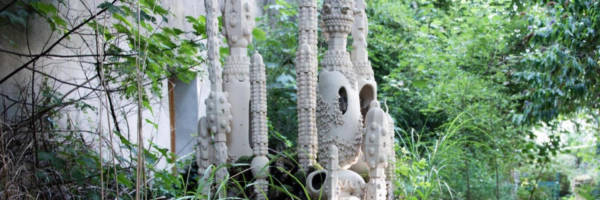
Dutch Design Week 2025 tips
Dutch Design Week is taking place in Eindhoven from 18 to 26 October 2025. This year, the Creative Industries Fund NL is once again supporting several projects that can be seen at DDW. We have listed some of those projects for you here!
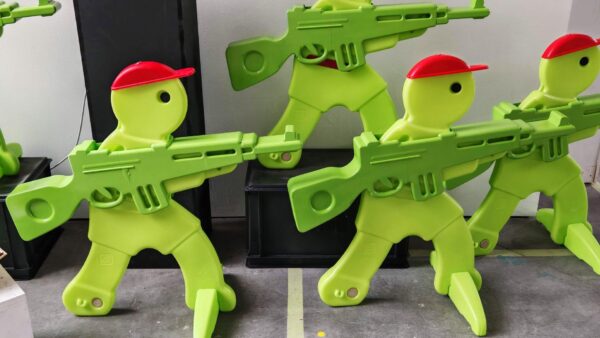
Art Tech Fun AI Robots Manifestations
In Veem Eindhoven, Manifestations, supported under the Festivals and Public Presentations Grant Scheme, is presenting Art Tech Fun AI Robots Manifestations. This exhibition features works by around 50 young makers depicting the (mis)matches between humans and technology. The festival has formulated the theme of Happy End for 2025. In an age where apocalyptic doomsday scenarios and optimistic visions of the future alternate, the media arts festival explores whether we are going down laughing in a world dominated by machines and invisible enemies. The free exhibition explores three sub-themes: our dependence on technological systems, our fascination with apocalyptic scenarios, and the invisible forces we would rather not see.
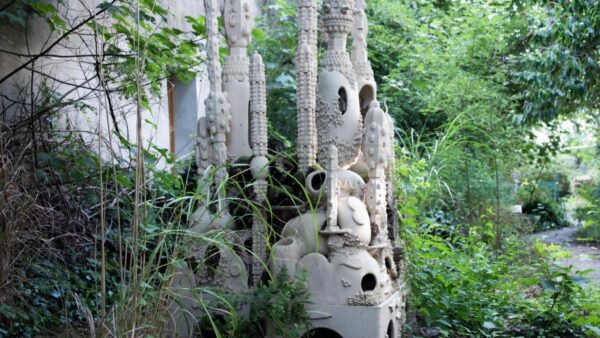
Invisible Matters
During Dutch Design Week, with the support of a grant from the Design Grant Scheme, Transnatural is presenting an overview exhibition where artists and designers demonstrate how natural systems can be seamlessly integrated into their work. Invisible Matters shows how people, flora and fauna, the environment, objects and architecture work together as a single balanced system. The works offer concrete solutions to challenges such as drought, pollution and endangered biodiversity, ranging from neutralising soil acidification to restoring vanished native plants.
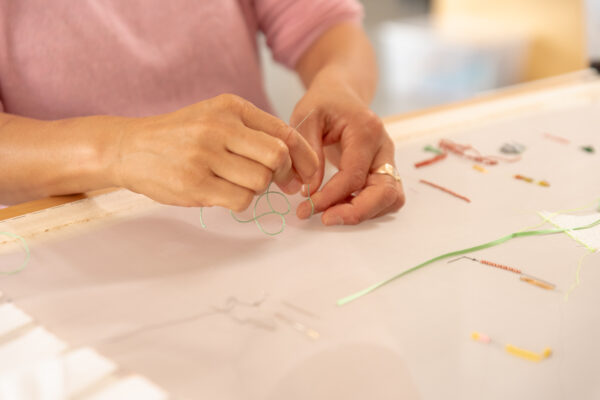
HOW&WOW
At De Fabriek, Crafts Council Nederland, supported through the Creative Industries Activities Programme Grant Scheme, is presenting work by craft talent from different disciplines in HOW&WOW. The exhibition showcases makers from various disciplines: ranging from bronze casting to knitting, from woodturning to glass-blowing. These makers have spent years immersing themselves in their technique and preserving knowledge accumulated over many centuries. HOW&WOW shows how craft makers are connected not only to their contemporaries, but also to the generations coming before and after them.
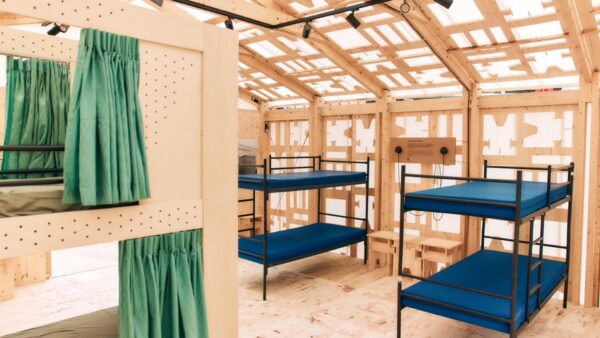
De Wachtkamer
On Ketelhuisplein, you can explore the pavilion of De Wachtkamer (The Waiting Room), a project by Anneloes de Koff (Studio Antidote) and Nanne Wytze Brouwer (De Toekomstfabriek) supported under the Open Call Room for Justice. The pavilion takes the form of a temporary emergency tent and gives an impression of the living conditions in which more than 30,000 people live in Dutch reception centres. As a concrete solution, Studio Antidote developed a modular shell to go around standard bunk beds. This design provides storage space for personal belongings, improves acoustics and creates privacy on several levels.
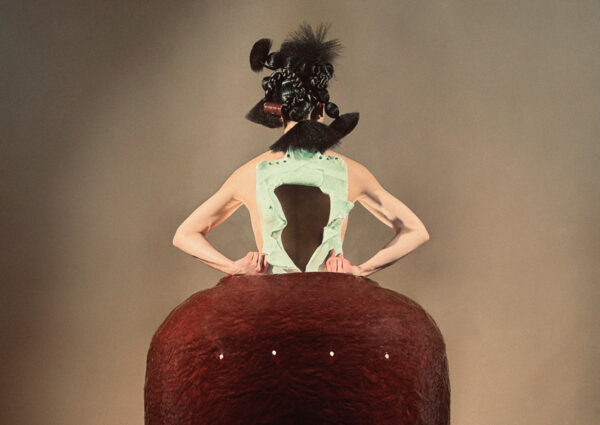
Figure
At MU Hybrid Art House, the performance Figure by Lisa Konno can be seen, a project supported under the Design Grant Scheme. In this innovative crossover of fashion show and dance performance, her textile and ceramic clothing designs define the movement and music. The sculptures, which function as musical instruments, tell a story about a woman's life cycle and her relationship to appearance and beauty. Konno explores how fashion can exist without going along with overconsumption and the imposition of beauty ideals.

The Hmm
At MU Hybrid Art House, The Hmm, supported under the Four-Year Institutional Grant Scheme, is opening the playful AI lab Ai, Ai, Ai. The lab celebrates the launch of ai, ai ai: a hands-on guide to play, fail & tinker with machines, a publication about co-creation with AI developed together with the Hogeschool van Amsterdam. In a landscape of brainrot characters, you can work at different play stations to develop a meaningful relationship with AI tools. The Hmm shows how to go beyond the initial, often mediocre results generated by AI. During lunch sessions, participants can experiment with AI tasks from the publication.
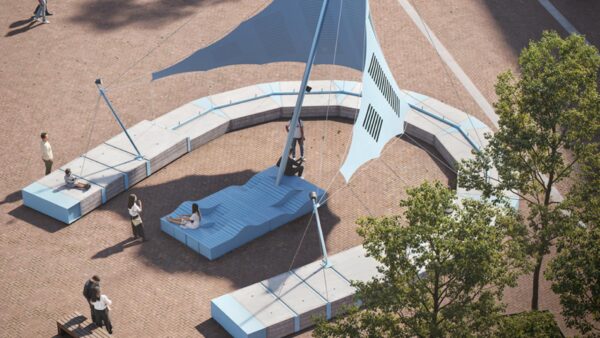
On Ketelhuisplein, the Umbra Pavilion by Studio Pauline van Dongen, supported under the Design Grant Scheme, demonstrates how solar textiles work. The pavilion with woven solar cells provides shade during the day while collecting energy, which comes back as atmospheric light in the evening. The project shows how design can contribute to climate adaptation and the energy transition, and offers visitors the chance to experience how this innovative material development works.
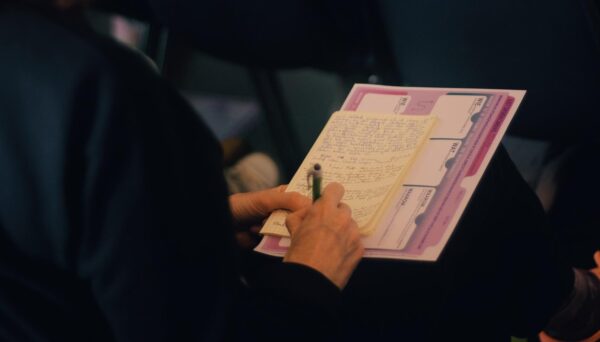
How to Design a Just City?
On 24 October from 09:30 to 12:30, Marthe Singelenberg and Mats Siffels (process supervisors of the Open Call Room for Justice) are organising the workshop How to Design a Just City?, about just urban development. Participants will work with the Just Design Toolbox, developed on the basis of observing the twelve design teams from the open call. This practical guide helps designers to integrate justice into their design process. The workshop offers concrete tools for making conscious choices about justice in spatial design.
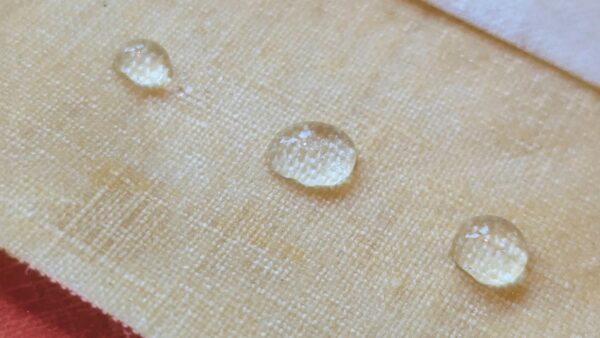
Wax meets Flax
During Dutch Design Week, Anna Jos Wetzel will present the results of her materials research. The Wax meets Flax project, supported under the Experiment Grant Scheme, explores a sustainable alternative to water-repellent textiles. Instead of synthetic fabrics with harmful chemicals, Wetzel explores how linen, linseed oil and beeswax can be applied to protect clothes. Visitors can experience the bio-based coatings for themselves by seeing, smelling and feeling different samples. The project invites people to contribute ideas on how design with sustainable materials can be shaped.
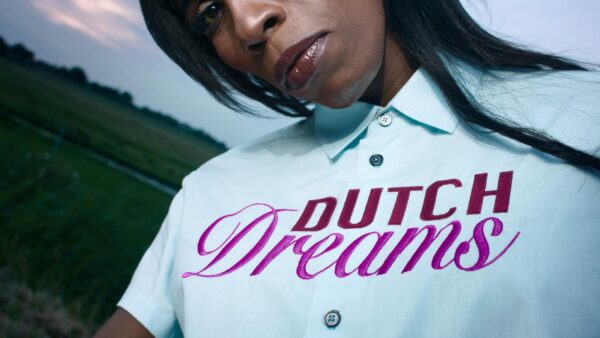
Talentontwikkeling
Each year, the Creative Industries Fund NL presents a new generation of design talent in Stimuleringsfonds presents talent at MU Hybrid Art House. The development years of the 2024/2025 group of the Talent Development Grant Scheme take centre stage here.
In addition, several makers from the talent development programme can be seen at other locations. At the Klokgebouw, Flo Meijer screens the fashion film Dutch Dreams, in which reality and surreality come together in everyday stories about Dutch identity. Lei Nelissen is presenting the interactive simulation Apathos at the Evoluon, which allows visitors to design social-media feeds themselves and experience how algorithms work. At Matchbox, Daniela Tokashiki and Ziyi Lian are opening a living workshop in Archive of the Unbroken, where repair is the focus. Eva van Kempen, Annelieke Rovers and Nicky Vollebregt are also represented in HOW&WOW at De Fabriek.
This map shows even more supported projects. Is your project missing? Send the link to your DDW programme page and the grant scheme your project was supported through to communicatie@stimuleringsfonds.nl.






